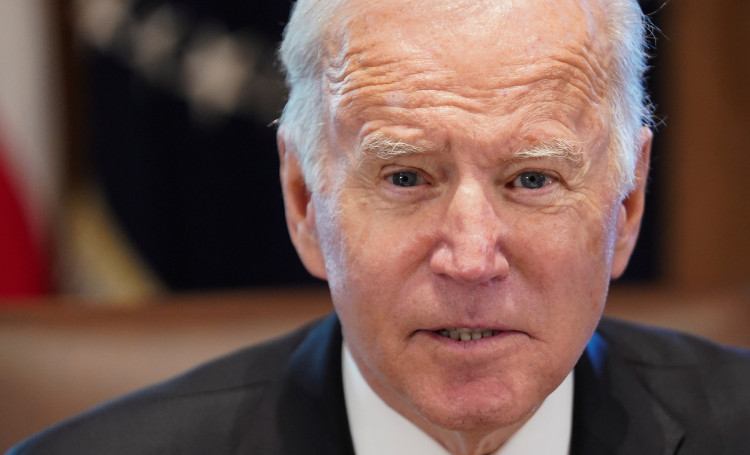The Biden administration has almost "emptied" the United States' strategic petroleum reserves in just six months, selling nearly 180 million barrels of oil, which is almost five times the volume of past government oil reserve sales, setting a record for the fastest sale of strategic oil reserves in history. Analysts speculate that refilling these oil reserves could take the U.S. several decades. Experts suggest that, while the Department of Energy promises to continue purchasing oil to replenish the reserves, insufficient funds and aging infrastructure could impede this process.
Simultaneously, given that the U.S.'s strategic oil reserves are at a forty-year low, the American economy may be more susceptible to shocks from oil price fluctuations. Some analysts assert this means that, should domestic crude oil supply shrink, the U.S. could become largely dependent on oil exporting countries such as Saudi Arabia and Russia.
The U.S.'s strategic oil reserves currently stand at 346.8 million barrels, the lowest level since 1983, equivalent to about 20 days of supply. This amount is not even half of the total capacity of 714 million barrels.
Today, with oil prices falling, replenishing the reserves has become one of the Department of Energy's primary tasks. However, this task is not only costly but also extremely complex. Current oil prices are significantly higher than when most of the inventory was initially purchased - the average purchase price of reserve oil was $29.70 per barrel, while the current U.S. WTI oil price is about $75.
Furthermore, the Department of Energy cannot purchase too much oil at a lower price at once, to avoid disrupting market supply and demand and causing market panic that could lead to a spike in oil prices.
John Shages, who once worked in the Department of Energy and was responsible for oil reserves, suggested that replenishing the reserves would be a very slow process, even with sufficient funds and facilities in good condition, and could take several decades.
Despite being the world's largest crude oil producer due to the exploitation of abundant shale oil fields in the Permian Basin, the U.S. remains an oil importing country. This means that strategic oil reserves still play a crucial role. For example, in 2005, when Hurricane Katrina destroyed oil production facilities in the Gulf of Mexico area, the U.S. government's sale of oil reserves helped support domestic oil supplies.
The U.S. Energy Secretary, Jennifer Granholm, recently reiterated the commitment to replenish the inventory. However, the department also admitted that this task is unlikely to be completed in the short term.
So far, the speed of refilling reserves is still extremely slow. The main problem is a lack of funds.
Last year, the U.S. Congress revoked the Department of Energy's authorization to sell 140 million barrels of reserves and allocated $12.5 billion to the Department of Energy to purchase reserve oil. According to the department's plan this year, the 12 million barrels of crude oil committed for purchase this year will be delivered within the year. However, to restore the U.S. strategic oil reserves to the peak level of 2009, more than 300 million barrels still need to be purchased.
Some analysis firms estimate that the Department of Energy now has only about $4.3 billion left for oil purchases. If oil prices remain around $70, the department can afford to replenish roughly 61 million barrels. Additionally, because of Congress's high attention to reducing the deficit and the budget, it is unlikely to provide more funds in the short term.
Not only is there a lack of funds, the Department of Energy also faces the issue of aging oil reserve equipment.
Some oil reserve facilities, built in the 1970s, were designed with a lifespan of just 25 years and were designed to extract and replenish crude oil only five times. The more these facilities are used, the greater the potential risk of problems.
Currently, two reserve facilities located in southern Texas and Louisiana are offline for maintenance. Previously, a $1.4 billion reserve facility modernization plan, funded by strategic oil reserve sales, fell behind schedule and went over budget - the Biden administration asked Congress for an additional $500 million for the project last year.






